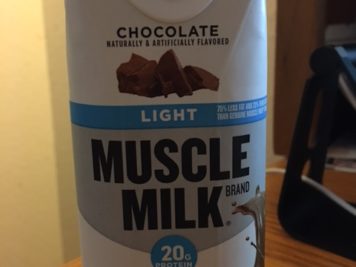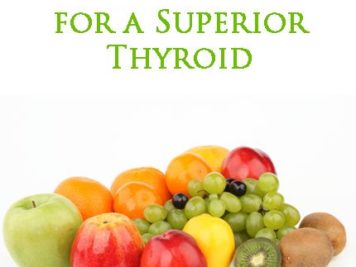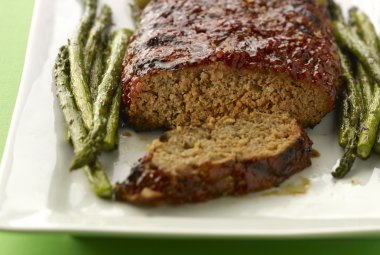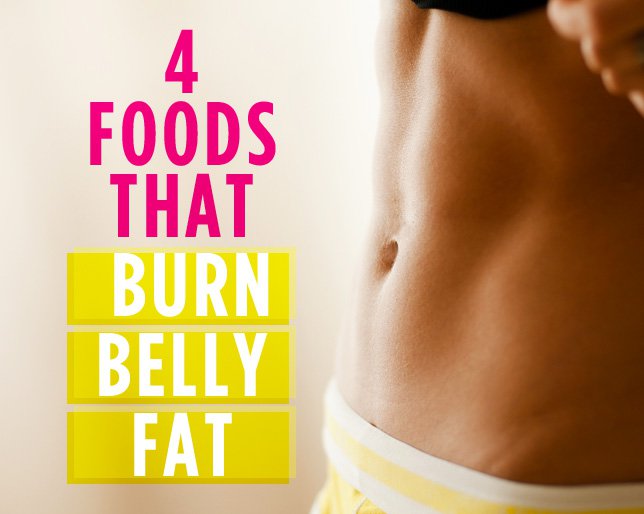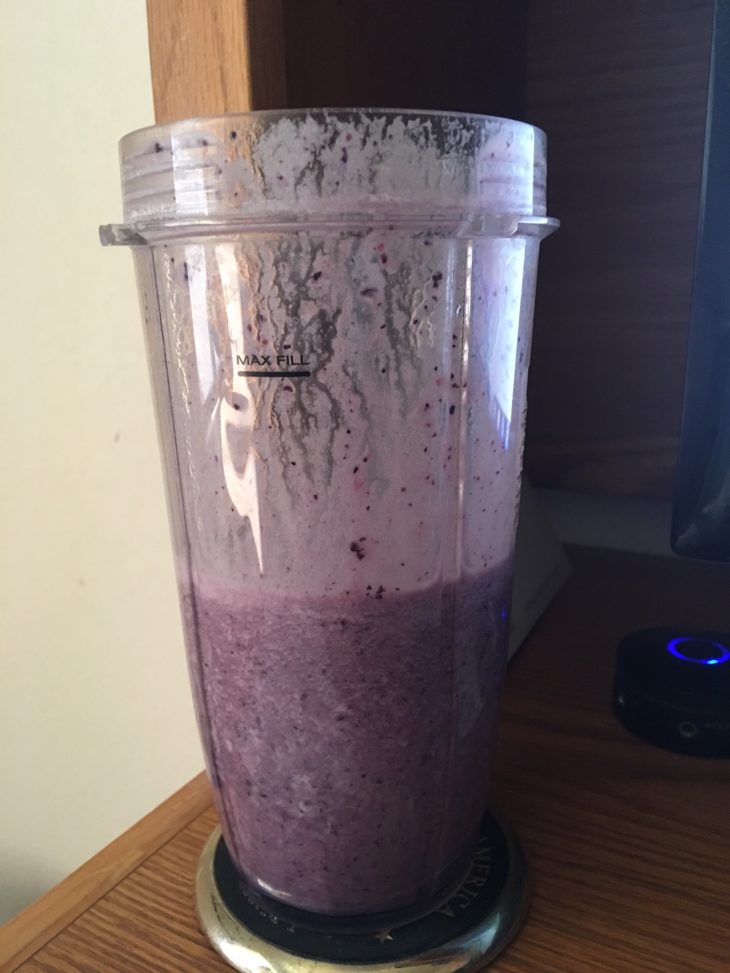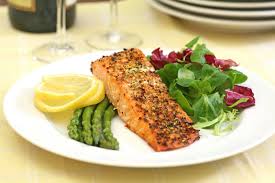You’d think that if the low-carb diet craze taught us anything, it’s the importance of a high protein diet. But even if you haven’t eaten a hamburger bun since the late ’90s, it doesn’t necessarily mean you’re getting enough of what typically goes between the bread.
Recently, the diet pendulum has swung in favor of counting calories—an effective weight-loss tool, but not one that always prioritizes protein. “Many women perceive foods that are rich in protein as being high in calories or fattening,” says Laura J. Kruskall, Ph.D., R.D., director of nutrition sciences at the University of Nevada at Las Vegas. This isn’t the case, but diehard counters know that most proteins will cost you a few more calories than fruits and veggies will.
What’s more, protein isn’t as portable as other foods. The best sources—fish, meat, dairy, beans—aren’t as quick or convenient as most carbs or even fruits and veggies. “Traditional protein sources aren’t usually grab and go. And if they are, they’re often fried or unhealthy,” says nutrition expert Angela Ginn, R.D., a spokesperson for the American Dietetic Association.
That may help explain why up to a third of women between the ages of 20 and 40 don’t get their RDA of protein, according to the most recent data from the U.S. Department of Agriculture. And in light of the fact that a growing number of nutritionists believe that the current dietary guidelines for this mighty macronutrient are way too low, we’re really missing out.
Consider this: A Johns Hopkins University study found that a diet in which roughly a quarter of the calories (about 60 percent more than the recommended 10 to 15 percent) come from lean protein sources reduced blood pressure, LDL (“bad”) cholesterol levels, and triglycerides better than a traditional higher-carb diet. Other research finds that diets rich in protein can help prevent obesity, osteoporosis, and diabetes.
The Power of Protein
The moment it leaves your fork, protein starts winnowing your waistline. High-protein foods take more work to digest, metabolize, and use, which means you burn more calories processing them. They also take longer to leave your stomach, so you feel full sooner and for a longer amount of time. The cumulative effect has obvious benefits for anyone who is watching her weight.
In a study published in Nutrition Metabolism, dieters who increased their protein intake to 30 percent of their diet ate nearly 450 fewer calories a day and lost about 11 pounds over the 12-week study without employing any other dietary measures.
And if, like most successful dieters, you’re burning calories as well as counting them, protein is doubly essential for making sure you lose fat, not muscle. Your body uses the amino acids in protein to build lean muscle, which not only makes you stronger and more toned but also fries calories even when you’re not active—unlike lazy fat. Ultimately, this keeps your metabolism humming along at high speed so you can burn off the occasional cookie, no problem.
Pump It Up
Experts advise consuming between 0.5 grams and 1.0 grams of protein per pound of your body weight. That’s 70 grams to 140 grams a day for a 140-pound woman. Skew on the high end if you’re very active, and on the low end if you’re trying to lose weight. If both apply, shoot for an amount somewhere in the middle—around 130 grams.
Even more important: Aim to get at least 30 of those grams at breakfast, says Donald Layman, Ph.D., a professor emeritus of nutrition at the University of Illinois. (That’s roughly the amount you’ll get from two eggs and a cup of cottage cheese.) After fasting all night, your body is running on empty and may start drawing on muscle tissue for fuel if you don’t replenish its protein stores first thing in the a.m. Plus, studies have found that protein-rich breakfasts can help regulate your appetite all day.
But not all proteins are created equal, says Kruskall. While nuts, whole grains, and veggies technically count, they don’t contain all nine of the amino acids your body needs in order to build lean muscle. Those that do—known as complete proteins—are typically found in animal products. Your best flat-belly bets are skinless white chicken or turkey, seafood, low-fat dairy, pork tenderloin, and lean beef. All of these foods have just one to three grams of fat per 50-calorie serving.
Vegetarians need to be a little more creative. Pairing incomplete proteins—peanut butter on whole-wheat bread, or brown rice and beans, for example—can pinch-hit for complete ones. Or nosh on complete proteins such as tofu, hemp seed, buckwheat, and quinoa. The beauty of protein is that with so many tasty options, getting your daily dose is a simple pleasure.
Protein to Go
You can’t carry a grilled chicken breast around in your purse, so try these more portable options.
Jerky
(1 ounce = 9.4 grams)
Try beef or turkey—both make a flavorful snack.
Roasted Soy Nuts
(1/4 cup = 17 grams)
They’re a nice break from the usual peanuts and cashews.
Protein Powder
(a 4 1/2-tablespoon scoop = 16 grams)
Keep a canister of Whey To Go protein powder at your desk for a quick protein fix. It comes in four flavors, mixes well with calories per serving.
Energy Bars
(1 bar = 10 to 12 grams)
Pack a few Luna protein bars (190 calories, 12 grams protein) or Honey Stinger protein bars (190 calories, 10 grams protein) in your bag.
Hard-Boiled Eggs
(1 egg = 6 grams)
Cook a dozen, stick them in the fridge, and grab one when you need a high-protein snack or want to add protein to a meal. Another option: Buy Eggland’s Best hard-cooked peeled eggs. Because Eggland’s hens are fed organic grain, their eggs have 10 times more vitamin E and three times more omega-3 fatty acids than other brands.
String Cheese
(1 stick = 8 grams)
Pair some low-fat string cheese (80 calories each) with an apple and a few crackers for a filling snack that will easily hold you over until your next meal.
Kevin Angileri
